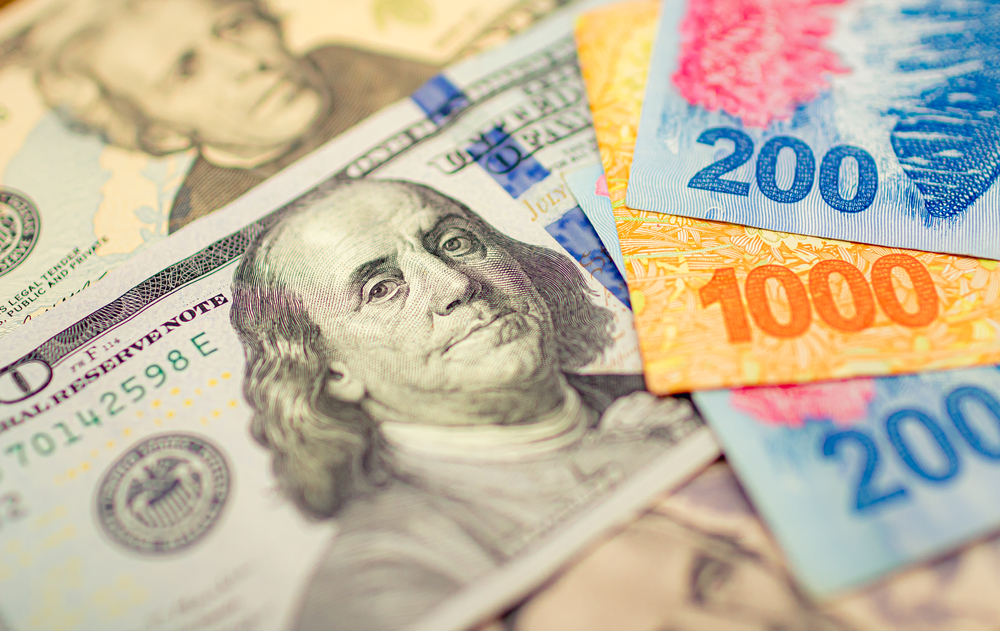How much is a U.S. dollar worth?
The answer is pretty straightforward in most countries: EUR 1.03 in the European Union, BRL 5.08 in Brazil, or INR 79 in India. When macroeconomic data, political reforms or market swings affect investors’ confidence, the value of those currencies moves up or down.
Through interest rate policies or direct buying and selling, central banks often try to cushion volatility or prop up the value of their tender. These attempts sometimes fail and can result in sudden devaluations, leading the currency to settle at a value that is easier to sustain.
In Argentina, however, anything currency-related is much more complex. A U.S. dollar can be worth anything from ARS 89 to 295.
Officially, the Argentinian peso trades at ARS 134 : USD 1. But the only big actor willing to sell a single greenback for a mere ARS 134 is the country’s Central Bank itself.
Central bank governors have still gone ahead with currency reserve sales because they know a cheap dollar acts as a de facto subsidy on imports, which can help dampen the major inflationary problems of Argentina in the short term (consumer prices are expected to rise by 95 percent in 2022).
This works until the Central Bank’s coffers run out of hard cash.
Over time, the artificially cheap dollars Argentina sells have created near-infinite demand. In response, the Central Bank has limited its dollar supply, with only some authorized importers allowed to access the cheaper official rate, leading to the emergence of multiple parallel rates for other transactions.
Altogether, this adds an extra layer of complexity to the already hard-to-navigate Argentinian economic landscape.
Some currency exchanges are not even legal, though they are widely tolerated as they act as a release valve for an official system that hardly anyone believes is working, and which even the government is now looking to reform.
A special exchange rate for every purchase …
The main (though perhaps most complex) parallel rate is known...


 Search
Search






































